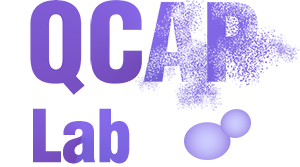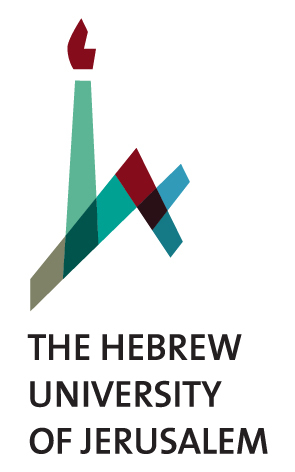Citation:
Abstract:
A significant portion of ubiquitin (Ub)-dependent cellular protein quality control takes place at the endoplasmic reticulum (ER) in a process termed "ER-associated degradation" (ERAD). Yeast ERAD employs two integral ER membrane E3 Ub ligases: Hrd1 (also termed "Der3") and Doa10, which recognize a distinct set of substrates. However, both E3s bind to and activate a common E2-conjugating enzyme, Ubc7. Here we describe a novel feature of the ERAD system that entails differential activation of Ubc7 by its cognate E3s. We found that residues within helix α2 of Ubc7 that interact with donor Ub were essential for polyUb conjugation. Mutagenesis of these residues inhibited the in vitro activity of Ubc7 by preventing the conjugation of donor Ub to the acceptor. Unexpectedly, Ub chain formation by mutant Ubc7 was restored selectively by the Hrd1 RING domain but not by the Doa10 RING domain. In agreement with the in vitro data, Ubc7 α2 helix mutations selectively impaired the in vivo degradation of Doa10 substrates but had no apparent effect on the degradation of Hrd1 substrates. To our knowledge, this is the first example of distinct activation requirements of a single E2 by two E3s. We propose a model in which the RING domain activates Ub transfer by stabilizing a transition state determined by noncovalent interactions between the α2 helix of Ubc7 and Ub and that this transition state may be stabilized further by some E3 ligases, such as Hrd1, through additional interactions outside the RING domain.

